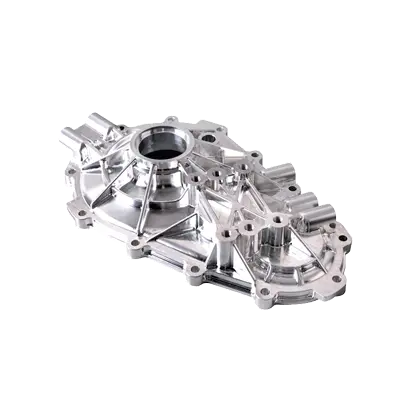The Multi-Axis Driver: The Key to Unlocking the Full Potential of Intelligent Manufacturing
In today’s fast-paced business landscape, manufacturers are under relentless pressure to maintain a competitive edge. To stay ahead of the curve, companies are betting on innovative solutions that can bring about transformational gains in efficiency, productivity, and customer satisfaction. One such solution is the multi-axis driver, a cutting-edge technology that is revolutionizing the world of intelligent manufacturing.
What is a Multi-Axis Driver?
A multi-axis driver is a sophisticated machine that uses advanced motion control technologies to orchestrate complex manufacturing operations. It integrates multiple driving axes, including linear, rotary, and indexable axes, to create a seamless production process. This flexibility enables manufacturers to produce a wide range of products with unparalleled precision, speed, and efficiency.
The Power of Multi-Axis Drivers
So, what are the benefits of multi-axis drivers? Let’s take a closer look:
- Increased Flexibility: Multi-axis drivers can handle complex product designs, allowing manufacturers to produce a diverse range of products with ease.
- Improved Accuracy: By integrating multiple axes, these drivers ensure precise control over each movement, resulting in superior product quality and reduced defects.
- Enhanced Efficiency: Multi-axis drivers can perform multiple tasks simultaneously, reducing production cycles and increasing productivity.
- Reduced Downtime: With the ability to perform maintenance and repairs on the fly, multi-axis drivers minimize downtime, ensuring uninterrupted production.
- Increased Scalability: As production needs grow or shrink, multi-axis drivers can be easily reconfigured to adapt to changing market demands.
Real-World Applications of Multi-Axis Drivers
While the benefits of multi-axis drivers are clear, it’s essential to demonstrate their impact in real-world scenarios. Let’s examine a few examples:
- Automotive Industry: Multi-axis drivers are used in the production of complex components, such as engine blocks, gears, and transmission parts, where precision and accuracy are crucial.
- Aerospace Industry: These drivers are employed in the manufacturing of aircraft components, where size, weight, and precision are critical.
- Medical Device Industry: Multi-axis drivers are used in the production of medical devices, such as syringes, implants, and surgical instruments, where precision and hygiene are paramount.
Implementation and Integration Challenges
While the benefits of multi-axis drivers are substantial, implementation can be complex. Key considerations include:
- System Design: Developing a suitable system architecture that integrates multiple axes, control systems, and sensors can be a daunting task.
- Programming and Integration: Integrating software with hardware and ensuring seamless communication between axes requires specialized expertise.
- Quality Control: Implementing robust quality control measures to ensure compliance with industry standards and regulations is vital.
Best Practices for Successful Implementation
To overcome the challenges associated with multi-axis drivers, manufacturers must follow best practices:
- Assess System Requirements: Perform thorough assessments to determine system requirements, including drive types, motor selection, and control systems.
- Integrate Expertise: Collaborate with experts in machine design, control systems, and quality control to ensure seamless integration.
- Test and Validate: Rigorously test and validate systems to ensure compatibility, performance, and quality.
Conclusion
In conclusion, multi-axis drivers are a game-changer for manufacturers seeking to optimize efficiency, productivity, and quality. By understanding the intricacies of these advanced machines and following best practices for implementation, companies can unlock unparalleled benefits and stay ahead of the competition. As the demand for precision and customization continues to grow, the role of multi-axis drivers will only continue to expand. Are you ready to harness the power of intelligent manufacturing?

















